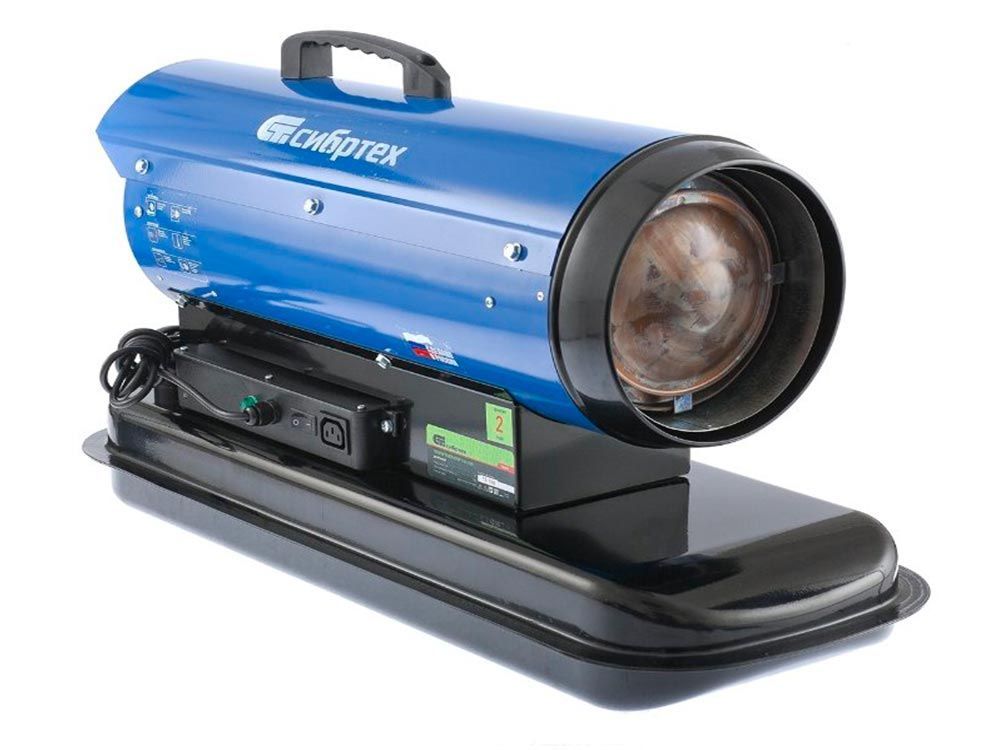Smartphone Google Pixel 4 - advantages and disadvantages

The mobile phone market is constantly expanding. The best manufacturers do not stop working on new gadgets, trying to create phones that are more powerful, faster and higher than the competition.
From time to time, new brands appear, as well as companies known in slightly different industries enter the smartphone market.
Could not resist the creation of consumer devices and such a giant as Google. The largest search company has created its own line of Google Pixel smartphones, which are of reliable quality.
In September 2019, a new Google Pixel 4 smartphone was released. Read our review about its advantages, disadvantages, prices, functionality and other features.
Content [Hide]
A little about the company
Google is known as the world's largest search engine, even though it was once just a student project. But now Google is the most valuable brand, according to Brand-Finance.
The search giant is gaining momentum every year, is engaged in new projects and charity.
Not so long ago, Google specialists offered an inexpensive mobile series of Nexus devices, which won the hearts of consumers. But the developers did not stop there and created by no means a budget line of Google Pixel consumer gadgets. The prices of these smartphones and tablets can compete with the iPhone.
About model
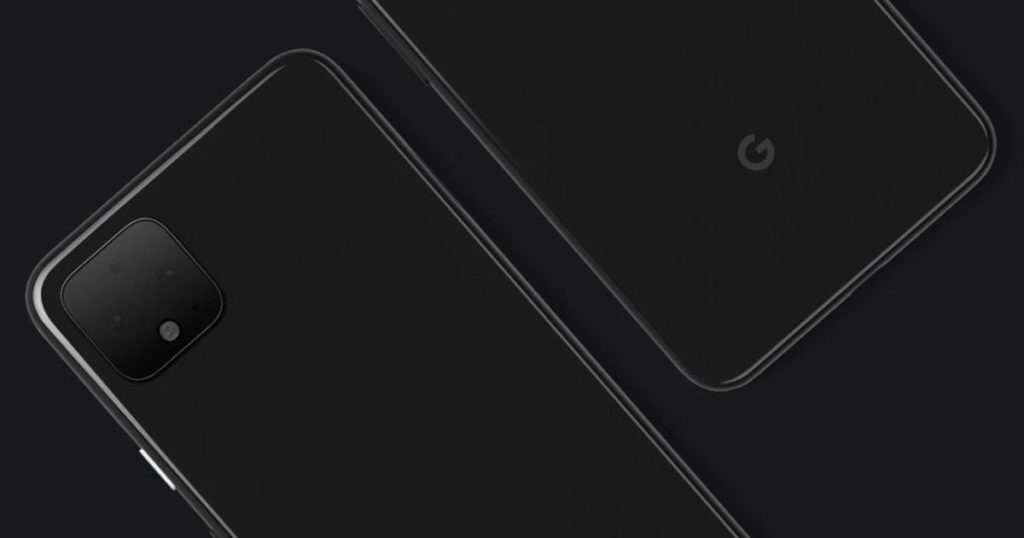
In the summer of 2019, in response to leaked information about the development of a new model, Big G posted the official image of the smartphone on Twitter. According to the already established tradition, the device will be presented to the venerable public in autumn. It seems that Google wants to push back such mastodons of the mobile market as Apple and Samsung, releasing new models of the iPhone 11 and Galaxy Note. Whether the company from the sunny town of Mountain View is strong enough to lure users away is unknown. The previous attempt, to be honest, was weak.
Specifications:
| Net | Technology | GSM / CDMA / HSPA / EVDO / LTE |
|---|---|---|
| Frame | Height | - |
| Width | - | |
| housing material | front and rear glass (Gorilla Glass 6) and aluminum frame | |
| SIM cards | Nano-SIM cards, eSIM support | |
| protection class IP68, waterproof (at a depth of 1.5m up to 30 minutes) | ||
| Screen | Type of | P-OLED capacitive touchscreen, 16 million colors |
| The size | 5.7 inches, 83.8 cm2 | |
| Permission | 1080 x 2160 pixels, 18:9 aspect ratio (~424 ppi pixel density per inch) | |
| Protection | Corning Gorilla Glass 6 | |
| DCI-P3 100% | ||
| HDR | ||
| Always-on display | ||
| 90Hz | ||
| Platform | Operating system | Android 10 |
| Chipset | Qualcomm SDM855 Snapdragon 855 | |
| CPU | Octa-core (1x2.84 GHz Kryo 485 & 3x2.42 GHz Kryo 485 & 4x1.78 GHz Kryo 485) | |
| Graphics core | Adreno 640 | |
| Memory | Memory card slot | Missing |
| built-in | 64GB 6GB RAM, 128GB 6GB RAM | |
| rear camera | Double | 12.2 MP, f/1.6, 28mm (wide), 1/2.55", 1.4µm, dual pixel, OIS |
| 16 MP, (telephoto), dual pixel PDAF, OIS, 2x optical zoom | ||
| Additionally | Dual LED flash, Auto-HDR, panorama shooting | |
| Video | , /60/120fps, , (gyro-EIS) | |
| Front-camera | Double | 8 MP, f/2.0, 19mm, no autofocus |
| TOF 3D camera | ||
| Additionally | HDR | |
| Video | ||
| Sound | speaker | Stereo sound |
| Audio jack3.5mm jack | missing | |
| Connections | WLAN | Wi-Fi 802.11 a/b/g/n/ac, dual band, direct connect, DLNA, hotspot |
| Bluetooth | 5.0, A2DP, LE, aptX HD | |
| GPS | support A-GPS, GLONASS, BDS, GALILEO | |
| NFC | available | |
| Radio | missing | |
| USB | 3.1, Type-C 1.0 reversible connector | |
| Additionally | Sensors | Face ID, acceleration sensor, gyroscope, proximity, compass, barometer |
| Battery | Non-removable Li-Po 2800 mAh battery | |
| Charger | Quick charge function | |
| USB Power Delivery 2.0 | ||
| Wireless charging function | ||
| Miscellaneous | Color | White, black, coral, orange |
Camera

According to the specification, the rear camera is represented by a block of two sensors with resolutions of 12.2 and 16 megapixels. This is where Google really surprised and ignored the main trend of the season. At the moment, only the lazy did not announce a smartphone with a resolution of the main camera of 48 megapixels. And Google created three times less, only 16 megapixels. And there are only two modules, not four, like the rest. Although if you look closely, there is another hole on the camera module, and it is not yet clear what it is. Another unannounced camera, or some kind of sensor.
With the characteristics of the cameras, everything is standard, one is telephoto, the other is wide-angle, both support optical image stabilization. The 16 MP camera also has a 2x optical zoom.
For shooting at night, there is a dual-LED flash.And for ultra-clear photos, there is an HDR mode. Unfortunately, the manufacturer did not provide sample photos from this device, so it's hard to say how worthy the footage will be.
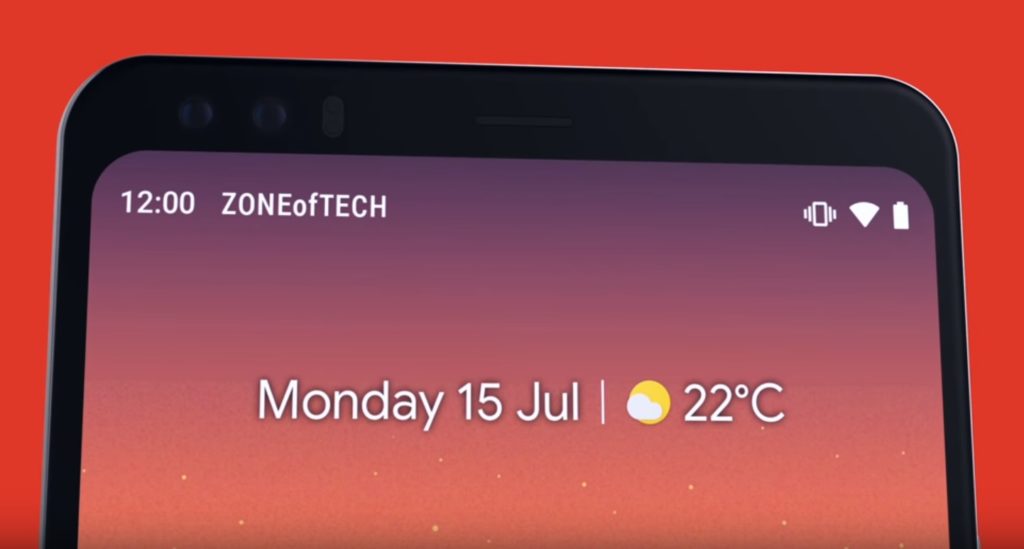
The front camera is also represented by two modules, with a resolution of 8 megapixels. However, the issuing company does not say what the second module will be used for. Enhance selfies, bokeh effect or something else. But the official specification indicates the presence of the Face ID system and, most likely, the second matrix will play the role of a sensor to unlock the phone.
- HDR mode;
- face recognition function.
- modest matrix resolution today.
Screen
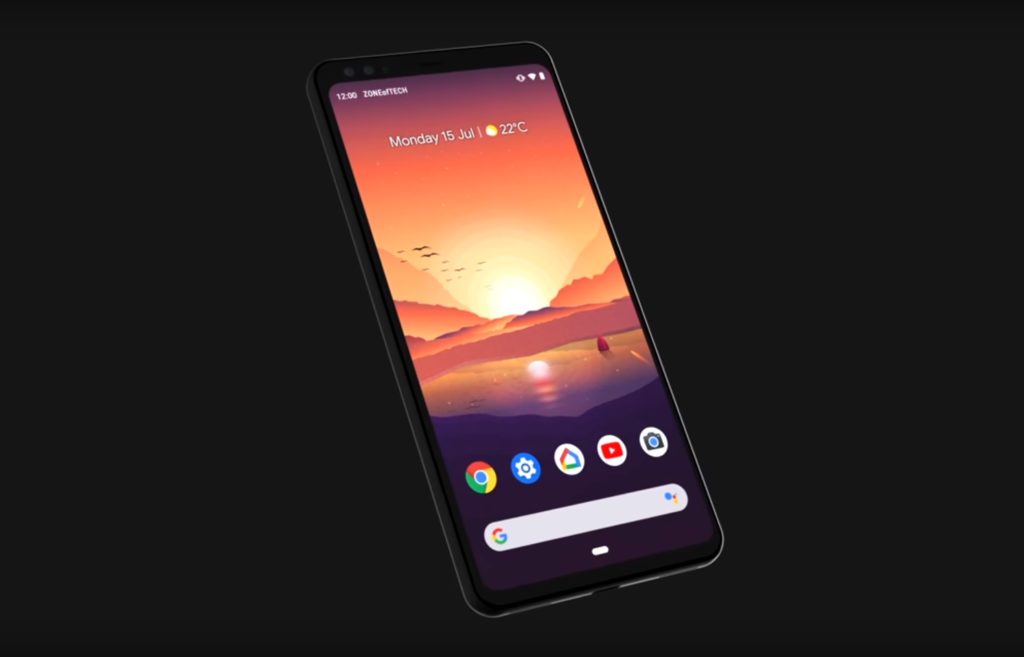
The Google Pixel 4 uses a P-OLED matrix with a resolution of 1080 x 2160 pixels. Display with a diagonal of 5.7 inches.
Finally, the manufacturers moved the front camera and speaker to the frame and got rid of the indecently large “bangs” like in Pixel 3. The 18:9 aspect ratio is the most popular, fans of watching modern movies on the device will be disappointed – black bars will always be with them.
The pixel density per inch, although not the highest, is above average ~ 424 ppi. To see individual points, you have to try hard.
- P-OLED matrix.
- aspect ratio 18:9.
Filling

An insider report indicates that smartphones will be available in at least two trim levels: with 64 and 128 GB of internal memory. Unfortunately, it will not be possible to expand it, there is no slot for memory cards.
RAM in both models will be set to 6 GB. The device is based on the Qualcomm SDM855 chipset.The nimble eight-core Snapdragon 855 processor and the Adreno 640-based graphics core will impress fans of modern games. The performance of less resource-intensive applications with such characteristics of the device will be at its best, and the user will not experience inconvenience in work.
- processor and graphics core work with high performance.
- you cannot install a memory card.
Design
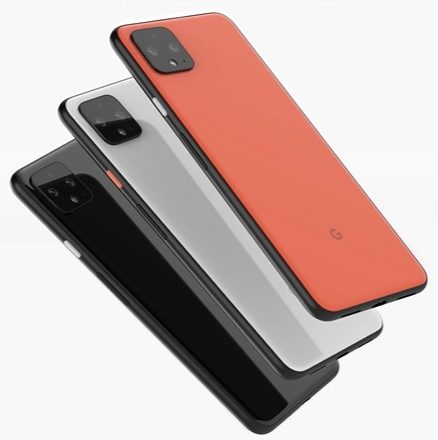
In terms of design, we can answer that Pixel 4 is designed in a minimalist style. Nearly. If not for one detail - a block of cameras. Such a construct on smartphones is scolded not only by the Ones and One Hundred Zeros company, but also by competing manufacturers.
This arrangement of cameras looks somewhat cumbersome, especially on the perfectly flat back surface of the device. But there is no getting away from her. And it's not that manufacturers specifically want to annoy users of their products. It's just that all modern cameras do not fit into thin smartphone cases, so you have to make the camera block protruding. But in general, Pixel 4 is a classic monoblock.
"Corporation of Kindness" is at the forefront of technological progress, and severely suppresses the attempt to listen to music through the wires.
Of the physical connectors, there is one - USB 3.1 Type-C, located on the bottom edge between the speakers.
The Google Pixel 4 clearly lacks a fingerprint scanner, perhaps it was moved under the display or on the power button.
- minimalist design;
- location and appearance of the camera block;
- no audio jack.
autonomy
In the field of nutrition, the model is equipped with the most modern technologies:
- wireless charger;
- fast charging;
- USB Power Delivery 2.0.
And everything would be fine, but there is one weak point in this circuit - the capacity of the battery. It is only 2800 mAh, which is not enough today. Perhaps, as Android system manufacturers, Google will use software-based energy saving methods. But more than a day of active use of the device, the battery charge is hardly enough.
- fast charging;
- wireless charger.
- low battery capacity.
Connections
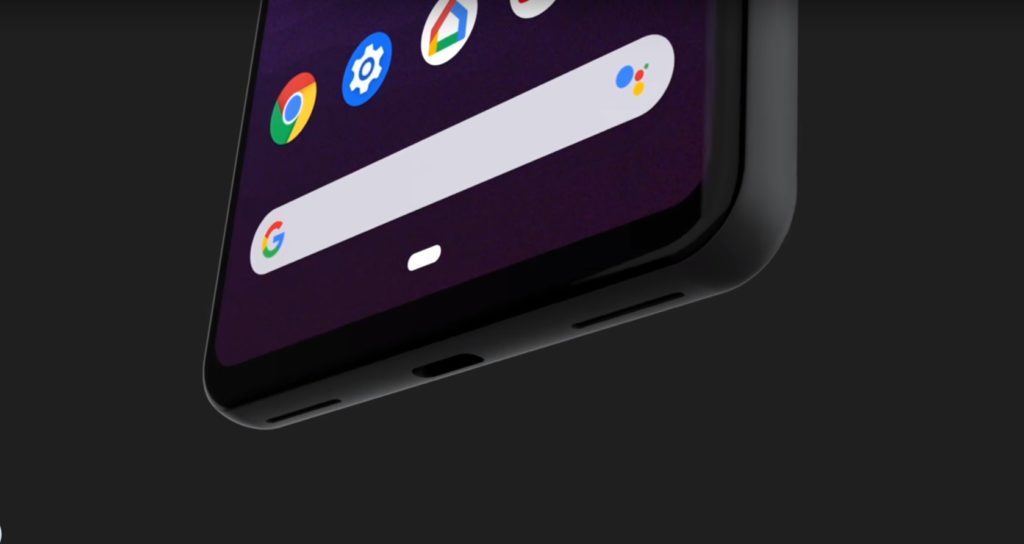
As noted above, the device is equipped with only one USB 3 Type-C connector, all the rest are wireless connections. On board are:
- dual band Wi-Fi;
- bluetooth latest version 5;
- NFC contactless payment module;
- GPS module supporting all major navigation systems.
Apparently, the company from sunny California does not like music lovers, otherwise it is difficult to explain the absence of an audio jack and a radio receiver module.
System
Well, of course, Android 10 is installed here and only in its purest form. There is an opinion that the corporation releases smartphones only in order to present the Android OS in its original form, devoid of any shells that third-party manufacturers reward it with. Accordingly, all the most "delicious" novelties of this system will be in this device. First of all, we are talking about the Face ID function, which has long been present in the apple competitor.
conclusions
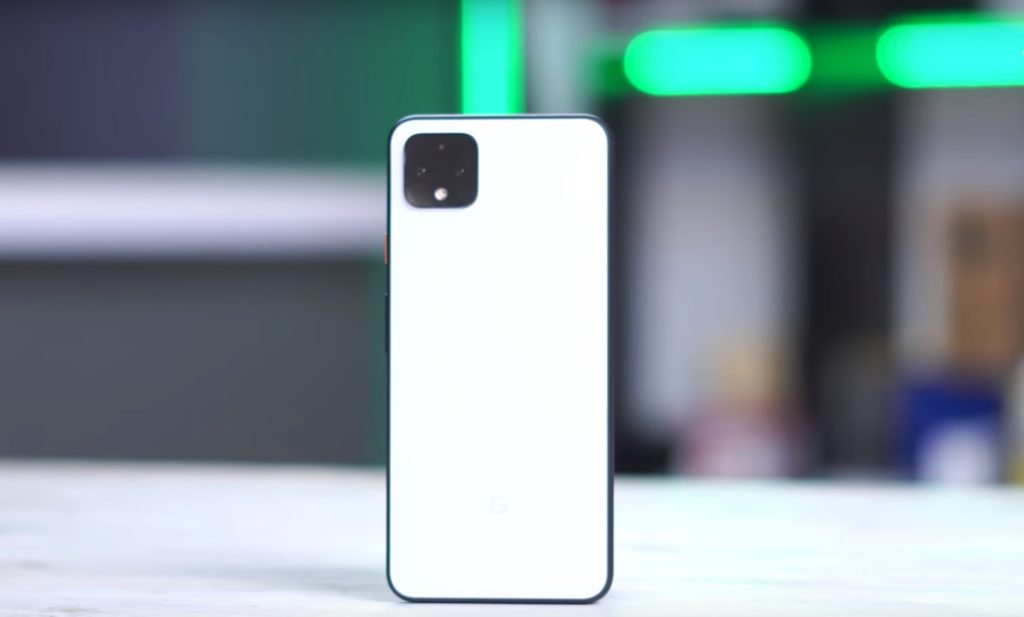
Judging by the published data, the smartphone received fairly average performance in all areas. You can't call it a camera phone, competitors have obviously better models. Gaming, also at a stretch, need more RAM.
Surfing the Internet - yes, no problem, only the battery is weak.The only advantage that should attract a separate category of buyers is Android 10, devoid of any “husk”.
Although, it is likely that there will be pleasant surprises that we do not yet know about. It is unlikely that big G will release such a mediocre model. Let's hope that one of the pleasant surprises will be the price, which is still unknown.
new entries
Categories
Useful
Popular Articles
-

Top ranking of the best and cheapest scooters up to 50cc in 2022
Views: 131666 -

Rating of the best soundproofing materials for an apartment in 2022
Views: 127704 -

Rating of cheap analogues of expensive medicines for flu and colds for 2022
Views: 124530 -

The best men's sneakers in 2022
Views: 124049 -

The Best Complex Vitamins in 2022
Views: 121952 -

Top ranking of the best smartwatches 2022 - price-quality ratio
Views: 114988 -

The best paint for gray hair - top rating 2022
Views: 113405 -

Ranking of the best wood paints for interior work in 2022
Views: 110333 -

Rating of the best spinning reels in 2022
Views: 105339 -

Ranking of the best sex dolls for men for 2022
Views: 104379 -

Ranking of the best action cameras from China in 2022
Views: 102228 -

The most effective calcium preparations for adults and children in 2022
Views: 102021




